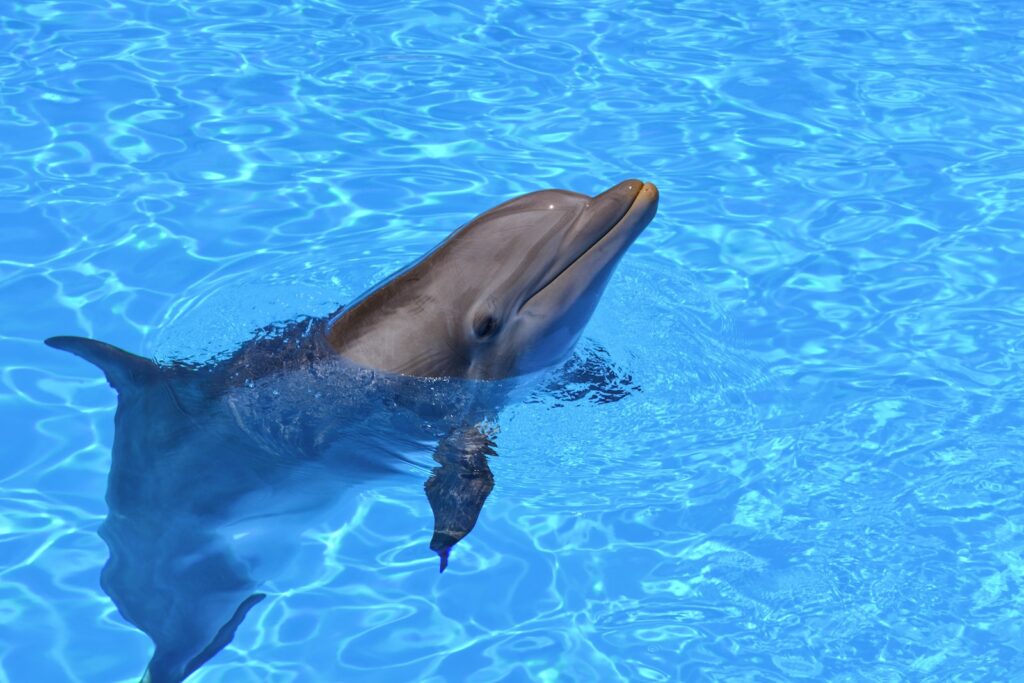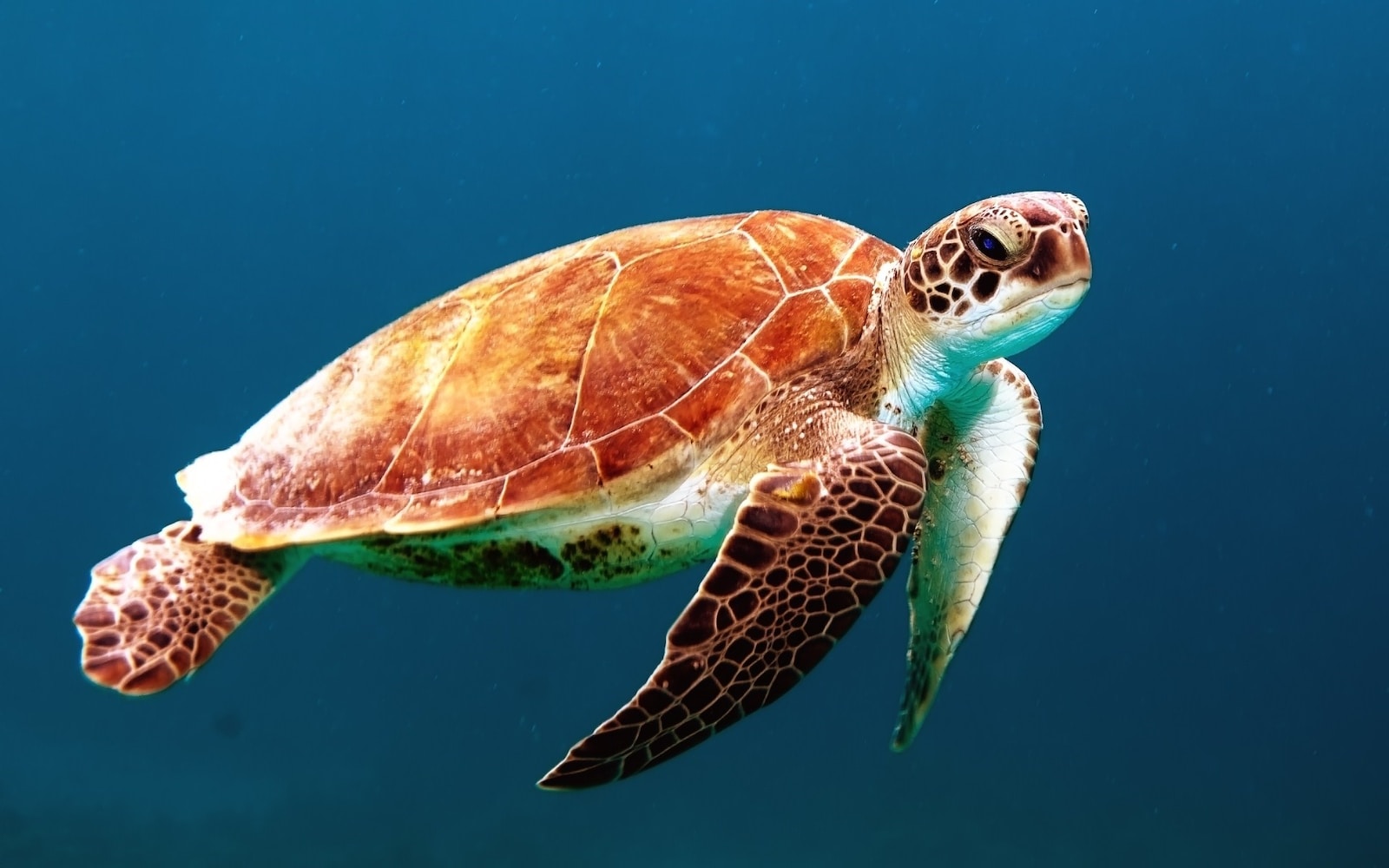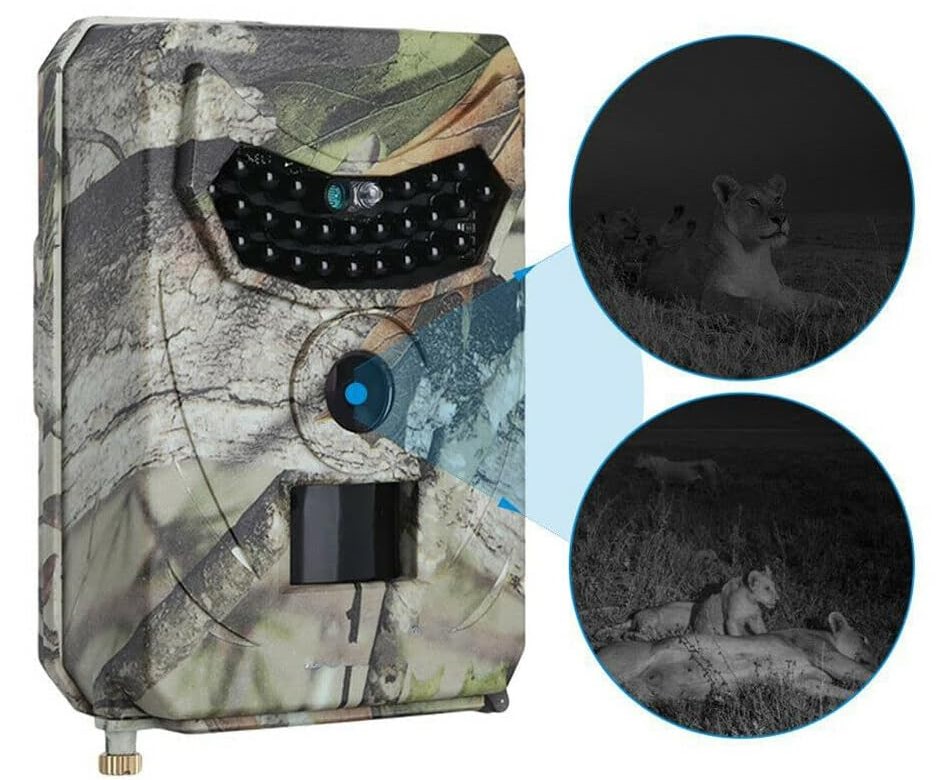Are you fascinated by marine life and love capturing its beauty through underwater photography? If so, you’ve come to the right place! In this blog, we will delve into the world of underwater photography and explore the complex legal and ethical considerations that photographers must be aware of. From understanding the impact on marine life to navigating the legal landscape, join us as we dive into the depths of these important issues. So grab your scuba gear and let’s explore the fascinating world of underwater photography and marine life together!
Table of Contents
- Ethics and Laws
- Legal Aspects of Underwater Photography
- Ethical Considerations for Underwater Photography
- A Relatable Story: The Benefits of Underwater Photography
- Frequently Asked Questions
- 1. What are the legal considerations for underwater photography?
- 2. How can underwater photography impact marine life?
- 3. Are there any photography ethics to consider when photographing marine life?
- 4. What can I do to minimize my impact as an underwater photographer?
- 5. Are there any protected marine communities I should be aware of?
- Wrap Up
Ethics and Laws
Underwater photography is a fascinating and rewarding hobby that allows us to explore and capture the beauty of the marine world. However, it also comes with legal and ethical responsibilities that we must be aware of and respect. In this blog, we will discuss some of the important issues that underwater photographers need to consider before diving into the ocean.
Legal Aspects of Underwater Photography
Underwater photography is subject to various laws and regulations that vary depending on the location, type, and purpose of the photography. Some of the legal aspects that we need to be aware of are:
- Protected marine areas: Many underwater ecosystems are designated as protected areas by local, national, or international authorities. These areas may have specific rules or restrictions on photography, such as permits, fees, or limits on equipment or techniques. We need to research and follow these rules to avoid harming the environment or facing legal consequences.
- Commercial photography: If we intend to sell or use our underwater photos for commercial purposes, we may need to obtain licenses or permissions from the relevant authorities or owners of the marine resources. This may include paying royalties, taxes, or fees, or complying with certain standards or conditions. We need to check and respect these requirements to protect our rights and interests as photographers.
- Equipment use: Some types of equipment or accessories that we use for underwater photography may have legal implications. For example, using artificial lights, strobes, or flashes may affect the behavior or health of marine life. Using drones, underwater vehicles, or remote cameras may pose safety or privacy risks. We need to be careful and responsible when using these devices and follow any applicable laws or guidelines.
Ethical Considerations for Underwater Photography
Underwater photography is not only a legal matter but also an ethical one. As photographers, we have a moral duty to respect and protect the marine life that we photograph. We also have a social responsibility to educate and inspire others about the importance and value of the marine environment. Some of the ethical considerations that we need to consider are:
- Impact on marine life: Underwater photography can have negative impacts on the marine life that we photograph. We may cause stress, injury, or disturbance to the animals or plants by getting too close, touching, feeding, or chasing them. We may also damage or alter their habitats by breaking corals, stirring up sediments, or leaving behind trash or debris. We need to minimize our impact by practicing good buoyancy control, maintaining a safe distance, and using non-invasive techniques.
- Photography ethics: Underwater photography can also have positive impacts on the marine life that we photograph. We can use our photos to document and appreciate the diversity and beauty of the marine world. We can also use our photos to raise awareness and advocacy for the conservation and protection of the marine environment. However, we need to do so with integrity, honesty, and respect. We need to avoid manipulating, misrepresenting, or exploiting our photos for personal gain or fame.
Underwater photography is a wonderful way to explore and enjoy the marine world. However, it also comes with legal and ethical challenges that we must be aware of and respect. By following the laws and regulations in the areas we visit, obtaining the necessary licenses or permissions for commercial photography, using our equipment responsibly, minimizing our impact on marine life, and practicing good photography ethics, we can ensure that our underwater photography is not only fun but also safe and sustainable for ourselves and the marine environment.
Did you know that coral reefs are often referred to as the "rainforests of the sea" due to their incredible biodiversity? They cover less than 1% of the ocean floor but support approximately 25% of all marine species.
Maintaining Ethical Standards
As responsible underwater photographers, it is essential to uphold ethical standards throughout our practice. This includes obtaining the necessary permissions and permits, respecting the privacy of marine creatures, and avoiding actions that may cause harm or disruption to their natural behaviors. Let’s explore the ethical considerations we should keep in mind on our underwater photographic journeys.
Conservation and Education
Underwater photography can be a powerful tool for conservation and education. By capturing compelling images and sharing them with the world, we can raise awareness about the beauty, fragility, and pressing issues faced by marine ecosystems. Let’s discuss how we can use our photographs to make a positive impact and foster a deeper appreciation and understanding of the underwater world.
At the crossroads of art and conservation, underwater photography offers a unique opportunity to explore and protect the wonders of marine life. By understanding the legal considerations, maintaining ethical standards, and embracing our role as environmental ambassadors, we can ensure that our photographs have a positive impact on both the underwater realm and society as a whole.

A Relatable Story: The Benefits of Underwater Photography
Underwater photography is a captivating and adventurous field that allows us to explore the breathtaking beauty of marine life. One photographer’s journey serves as an inspiring example of how this art form can have both personal and environmental benefits.
The Beginning of a Passion
Meet Lisa, an avid scuba diver who has always had a deep love for the ocean and its inhabitants. Several years ago, she decided to combine her passion for marine life with her growing interest in photography and embarked on an underwater photography adventure.
Being submerged in the crystal-clear waters, Lisa discovered a whole new world beneath the surface. She was captivated by the vibrant colors, intricate details, and graceful movements of the marine creatures she encountered. With every click of her camera, she sought to capture their essence and share it with others.
Connecting with Marine Life
As Lisa continued her underwater expeditions, her photography skills continued to improve. She learned the importance of being patient and respectful towards marine life, ensuring she didn’t disturb or harm them in any way. This respect translated into her images, which began to truly reflect the beauty and natural behavior of the creatures she photographed.
Through her lens, Lisa found herself connecting with the marine life in a profound way. She noticed their individual personalities, their interactions, and their vulnerability in the face of human impacts. This realization sparked a desire within Lisa to not only capture their beauty but also to raise awareness about their conservation needs.
A Powerful Tool for Conservation
Lisa discovered that underwater photography could be a powerful tool for conservation efforts. Her stunning images had the ability to evoke emotions, inspire action, and foster a sense of responsibility towards protecting marine ecosystems.
Through her blog and social media platforms, Lisa shared her photographs alongside educational messages about marine life and the importance of sustainable practices. She highlighted the fragile nature of marine ecosystems, drawing attention to the urgent need for preservation and responsible human behavior.
Her work didn’t go unnoticed. Lisa’s photographs were featured in publications, exhibitions, and even caught the attention of local marine conservation organizations. Her images were used in educational materials, reaching a wider audience and further amplifying the message of marine conservation.
A Lifelong Commitment
What started as a personal passion for underwater photography has transformed into a lifelong commitment for Lisa. Today, she continues to explore the depths of the ocean, capturing mesmerizing images of marine life and advocating for their protection.
Through her relatable story, Lisa shows us the incredible benefits that underwater photography can bring. It allows us to connect with marine life on a deeper level, raises awareness about the importance of conservation, and plays a crucial role in inspiring positive change for our oceans.
Frequently Asked Questions
1. What are the legal considerations for underwater photography?
Underwater photography is subject to various legal considerations. It’s important to familiarize yourself with local laws and regulations regarding marine protected areas, fishing restrictions, and permits required for certain photography activities. Failure to comply with these laws can result in fines and legal consequences.
2. How can underwater photography impact marine life?
Underwater photography, if not conducted responsibly, can have negative impacts on marine life. Disturbing or harassing marine animals for the sake of capturing the perfect shot can disrupt their natural behavior and stress them out. It’s crucial to prioritize the well-being of marine life over getting a unique photograph.
3. Are there any photography ethics to consider when photographing marine life?
When photographing marine life, it’s essential to follow ethical guidelines. Avoid touching or manipulating marine organisms, as it can cause harm. Maintain a safe distance from marine animals to avoid causing stress or altering their behavior. Additionally, be mindful of the surrounding environment and minimize any potential damage to fragile ecosystems.
4. What can I do to minimize my impact as an underwater photographer?
As an underwater photographer, you can minimize your impact by practicing responsible behavior. This includes respecting marine life and their habitats, following designated photography guidelines in protected areas, and spreading awareness about the importance of conservation through your work.
5. Are there any protected marine communities I should be aware of?
Yes, there are numerous protected marine communities around the world. These areas might have specific regulations regarding photography and may require special permits. Familiarize yourself with the specific protected areas in your desired photography location to ensure you adhere to all legal requirements.
Wrap Up
As underwater photographers, it is our responsibility to ensure that our actions have minimal impact on marine life and protected marine communities. By understanding the legal considerations and ethics surrounding underwater photography, we can make a positive difference and contribute to the conservation of these fragile ecosystems.
Remember to always follow local laws and regulations, respect marine life’s natural behaviors, and never harm or disturb them for the sake of capturing the perfect shot. Additionally, consider joining organizations or initiatives that promote sustainable photography practices and work towards protecting our oceans.
We hope this discussion has enlightened you about the crucial balance between pursuing our passion for underwater photography and ensuring the well-being of marine life. If you have any questions or insights to share, feel free to leave a comment below. Let’s continue the conversation and inspire others to become responsible underwater photographers!



